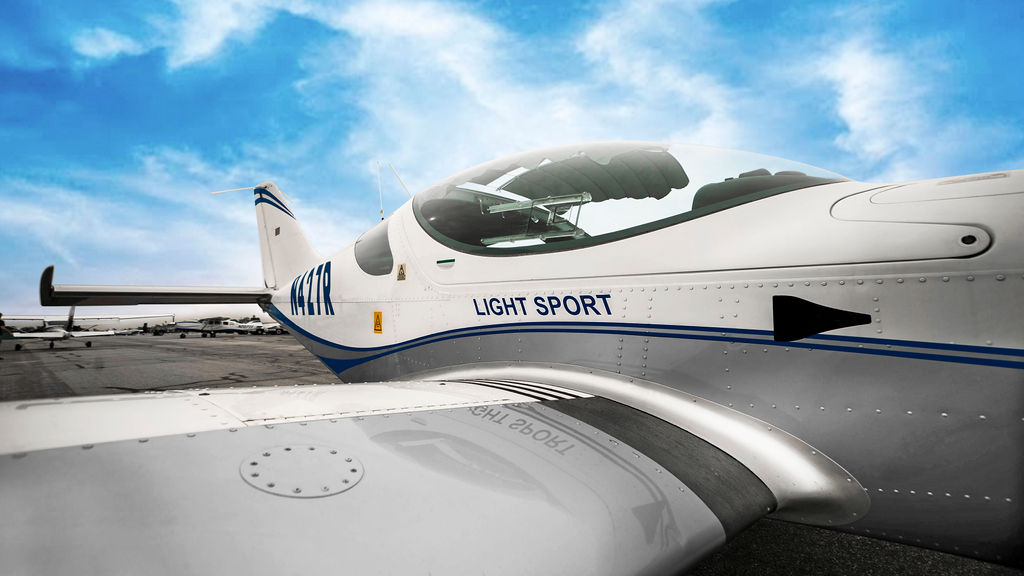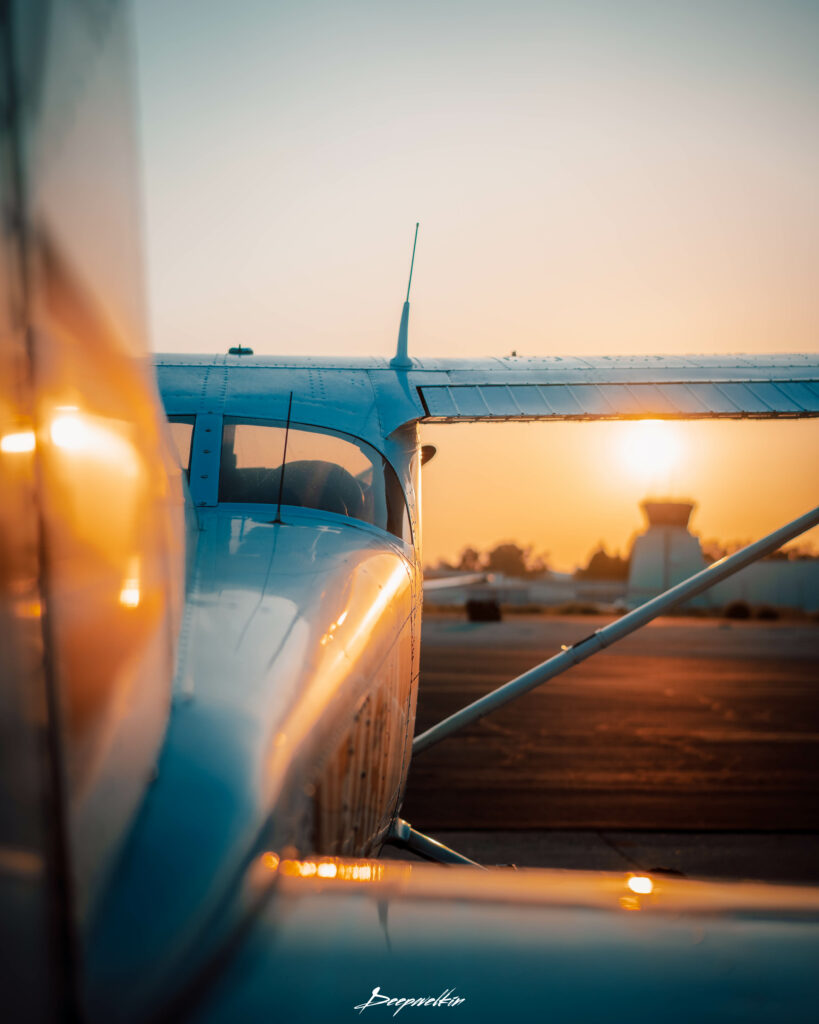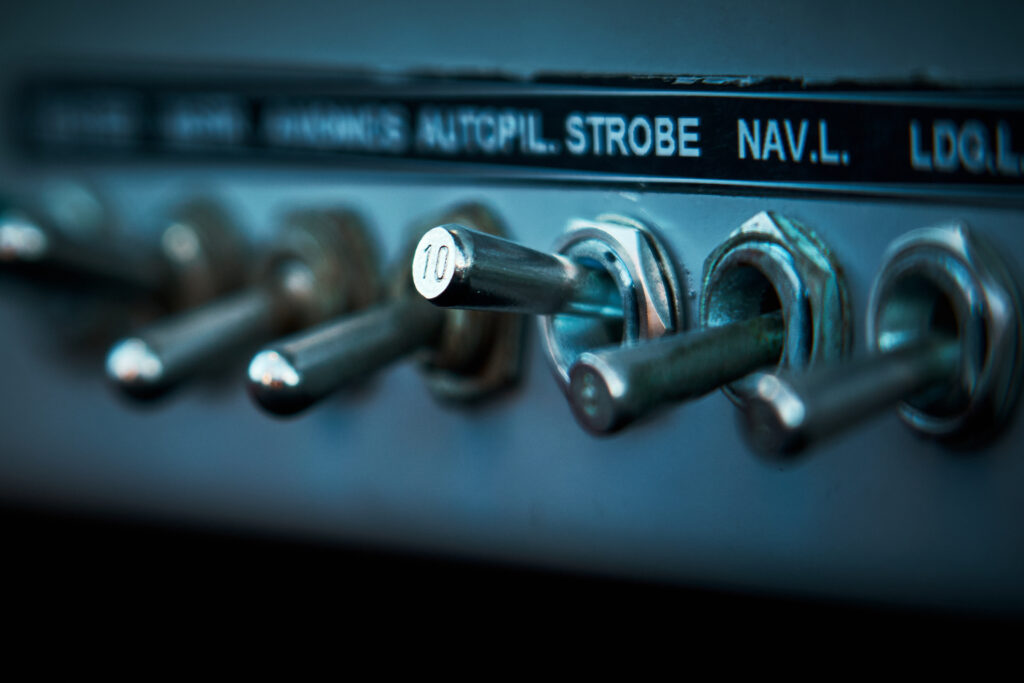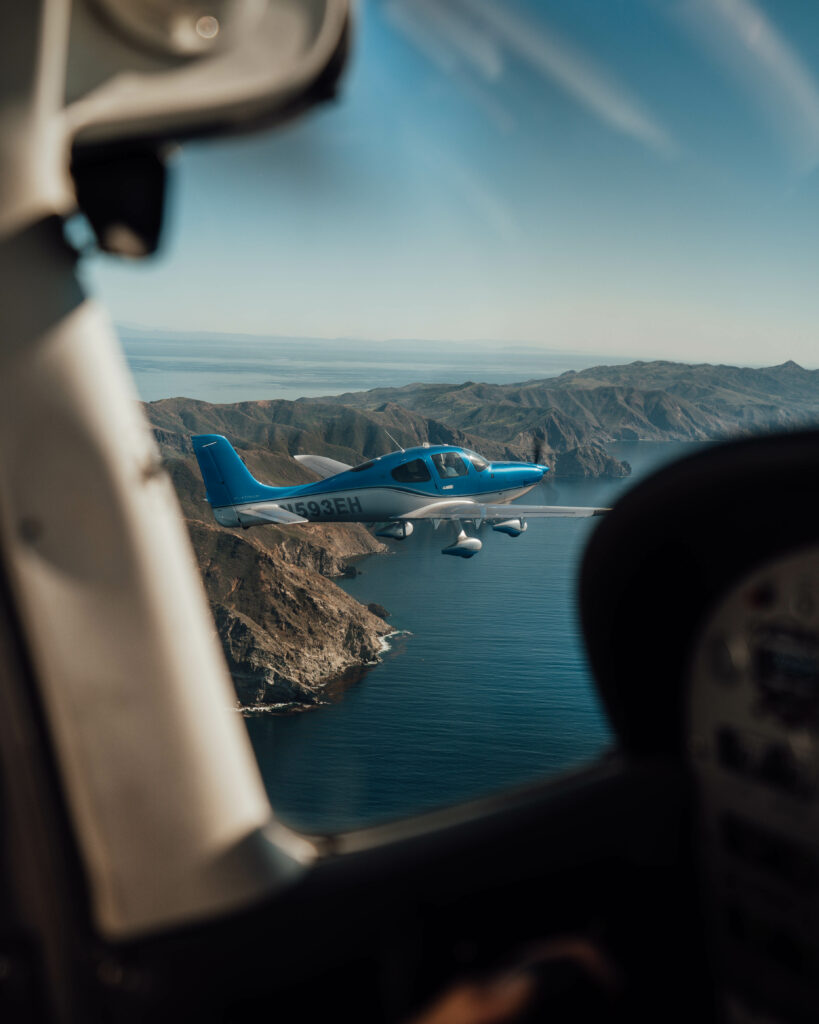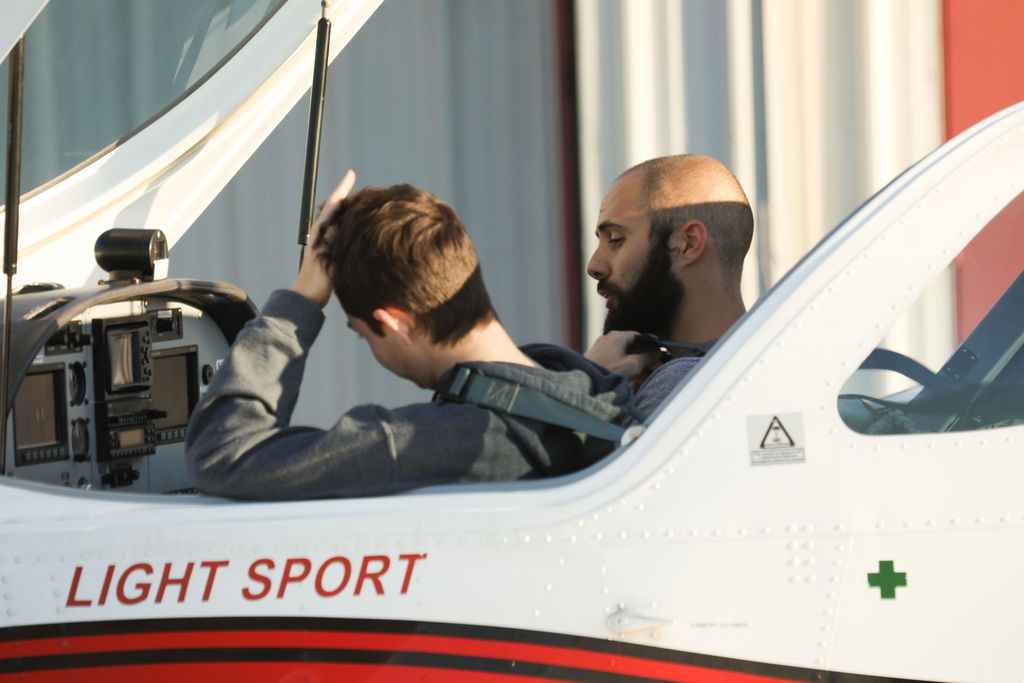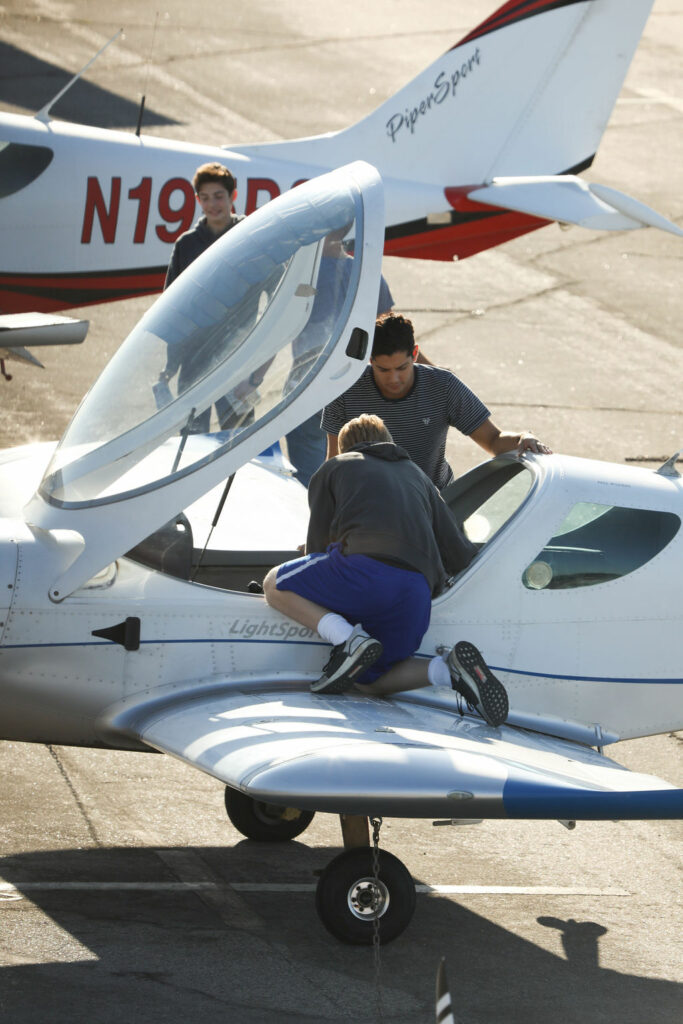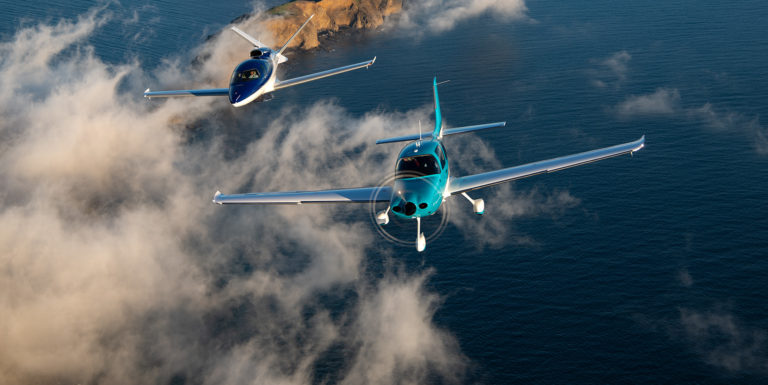Certificates & Ratings
A sport pilot certificate is a pilot license that allows you to fly a light sport aircraft (under 1,320 pounds) for recreational purposes, carrying one passenger during daylight and in good weather conditions.
A sport pilot certificate is ideal for beginner pilots looking to get their feet wet in the aviation world without committing to a more expensive and involved license such as a private pilot certificate. It’s also an excellent option for those living in areas with good flying conditions, as sport pilot certificate holders are restricted to daylight hours and good weather.
A private pilot certificate is similar to a driver’s license for cars. It allows people to fly a variety of aircraft legally. Earning your pilot license requires lots of time and hard work, but the reward is well worth it!
While there are many types of private pilots, most fall into two categories: pleasure flyers or career aviators starting on their first certificate.
Pleasure flyers fly private aircraft for fun or to travel from place to place and are not paid for their services as pilots. Career aviators get their private pilot license as a first step to obtaining their commercial pilot license, which allows the pilot to get paid for flying.
Group ground school classes and an FAA-approved Flight Simulator are available to kickstart your training at an affordable price. Please email [email protected] or call for details on the ground school classes or the Sim at 310-800-8050
An instrument rating is a pilot rating that allows a certificated pilot to fly in instrument meteorological conditions. Instrument-rated pilots can operate an airplane under instrument flight rules (IFR) and solely use the instrument inside their aircraft for navigation. In some cases, instrument ratings are also required for specific flying jobs, such as those in commercial aviation. Airline pilots, for example, must have instrument ratings as part of their commercial pilot license.
When instrument-rated pilots fly in instrument meteorological conditions (IMC), they follow air traffic control instructions or a specific flight plan filed with the Federal Aviation Administration (FAA). Instrument-rated pilots must maintain instrument proficiency/recent flight experience by completing at least 6 instrument approaches every six months. With our C172 G1000 FAA-approved Flight Simulator (BATD), you can obtain instrument currency for as little as $70 per hour.
Group ground school classes are available to kickstart your training at an affordable price. Please email [email protected] or call for details about the ground school classes at 310-800-8050
Getting your commercial pilot certificate is an exciting time in a pilot’s life. Commercial pilots often have to fly across countries, continents, and even oceans. They have a lot of responsibilities on their shoulders, so they are required to have a commercial pilot’s license. A CPL is required to become a certified flight instructor. It is hard work but well worth it.
Whether you’re already a licensed pilot or are just now beginning your flight training, the career of an airline pilot requires certification and specific training before ever boarding an airplane for hire.
Under the direction of the Federal Aviation Administration (FAA), aspiring pilots must first receive their private, instrument rating, and commercial certificate while also obtaining a minimum of 1,500 hours of flight time in order to pursue a career as an airline pilot.
In this article, we’ll dive into all the details about becoming a professional college instructor or taking up work with international airlines while highlighting various routes to becoming a successful commercial airline pilot.
Are you a sport or private pilot who wants to share your knowledge and passion with aspiring sport pilots? You should consider becoming a sport pilot flight instructor! We refer to this instructor as, “CFI-S,” or certified flight instructor-sport.
The awesome difference about the CFI-S from the CFI-A is that the CFI-S only requires either a sport or private pilot certificate and rids the need to obtain the instrument rating and commercial pilot certificate. The hour requirements are also much lower at only 150 instead of 250 hours for the CFI-A. The best part about all of it is you not only get to log flight hours towards your aspiring pilot certifications but also get paid to teach while doing so.
If you’re reading this, you’re probably interested in getting your certified flight instructor. We refer to this instructor as a, “CFI-A,” or certified flight instructor-airplane (other than sport instructor or non sport instructor which we call the CFI-S).
After a significant investment of time and money, you’ve finally become a pilot. This is an achievement in itself! It’s great to have that dream realized. But as soon as you reach that goal, you set your sights on another one: getting paid to teach new and existing pilots.
However, jobs for new pilots with low flight hours are pretty scarce. The good news is you can get your return on investment by becoming a certified flight instructor!
Santa Monica Flyers is here to help you obtain your CFI certificate the fastest way possible! In the meantime, let us give you a comprehensive guide and break down what you need to do to become a CFI. We will discuss the academic and flight training and practical test requirements. Hopefully, this will help you decide to start your journey to be a CFI. Call us at 310-800-8050 for this information.

